Do you have any misfortunes or regrets in your life? Did your time on earth play out in a way you are particularly happy and contented with? Perhaps you would you like the ability to change the biggest adversities in your existence to see what might have been if circumstances were just a little different. Contact the Sigmund Corporation today for a free consultation!
Type: Single-player
Genre: Adventure, Indie, RPG
Developer: Freebird Games
Publisher: Freebird Games
Release Date: 14 Dec, 2017


Introduction
Finding Paradise is a standalone sequel to Freebird Game’s To the Moon. Similar to the original, this game is all about telling its story rather than any actual real gameplay challenge. With limited interactivity, you will find yourself moving through the various environments to find the memory fragments needed to unlock the exit to the level and then transition you to the next stage. Rather than slowly moving back through the client’s timeline like you did in the first game, you find yourself jumping back and forth through his memories in a Quantum Leap-like fashion. You are working your way through his memories to set right what once went wrong. Not all is what it seems this time for our dynamic duo of memory altering Doctors. The question becomes what exactly is going on in the patient’s mind. Is it a result of Dr. Watts’ modifications and self-repairs to the equipment or could there actually be something more to it than that?
Finding Paradise Gameplay Video
About the Game
Let’s talk about the gameplay of this game. Due to Dr. Watts tampering with the machine, you actually have more interactivity in this game than you did in the previous game. These action sequences don’t really add much to the gameplay itself, but it does make the game more interesting. First and foremost, you get to customize the appearance of the characters. The options are limited, but it’s the first game I can think of where socks are given serious consideration. You can’t actually see your socks, but you can still pick what color and kind of socks the characters are wearing. Later on, you will actually enter battle sequences that are chock full of shoe-throwing action. Getting back to the basics, the game has you entering fragments of the patient’s memory and looking for strong memories from that time. After viewing a short dialogue sequence or looking at something poignant, a memory sequence fragment will be granted. Once you have collected all the fragments you can use them to unlock the memory link that will take you on to the next area. There is a bit of a minigame you have to play to unlock the memory link so you can transverse, but to be honest, I never really understood what I was doing in it. The idea is you match the symbols, and I think you are supposed to match just the ones related to the object itself, but I seem to pass the minigame even if I match unrelated things or don’t match all of the target object’s image. As you progress through the game, it becomes more challenging due to new elements being added to the minigame, but it truly isn’t that difficult. I don’t really want to spoil too much about the story or twists to the gameplay, so I will simply mention that the further into the game you get, the more Dr. Watts’ modifications come into play, and those modifications make the game’s story and gameplay even more interesting.
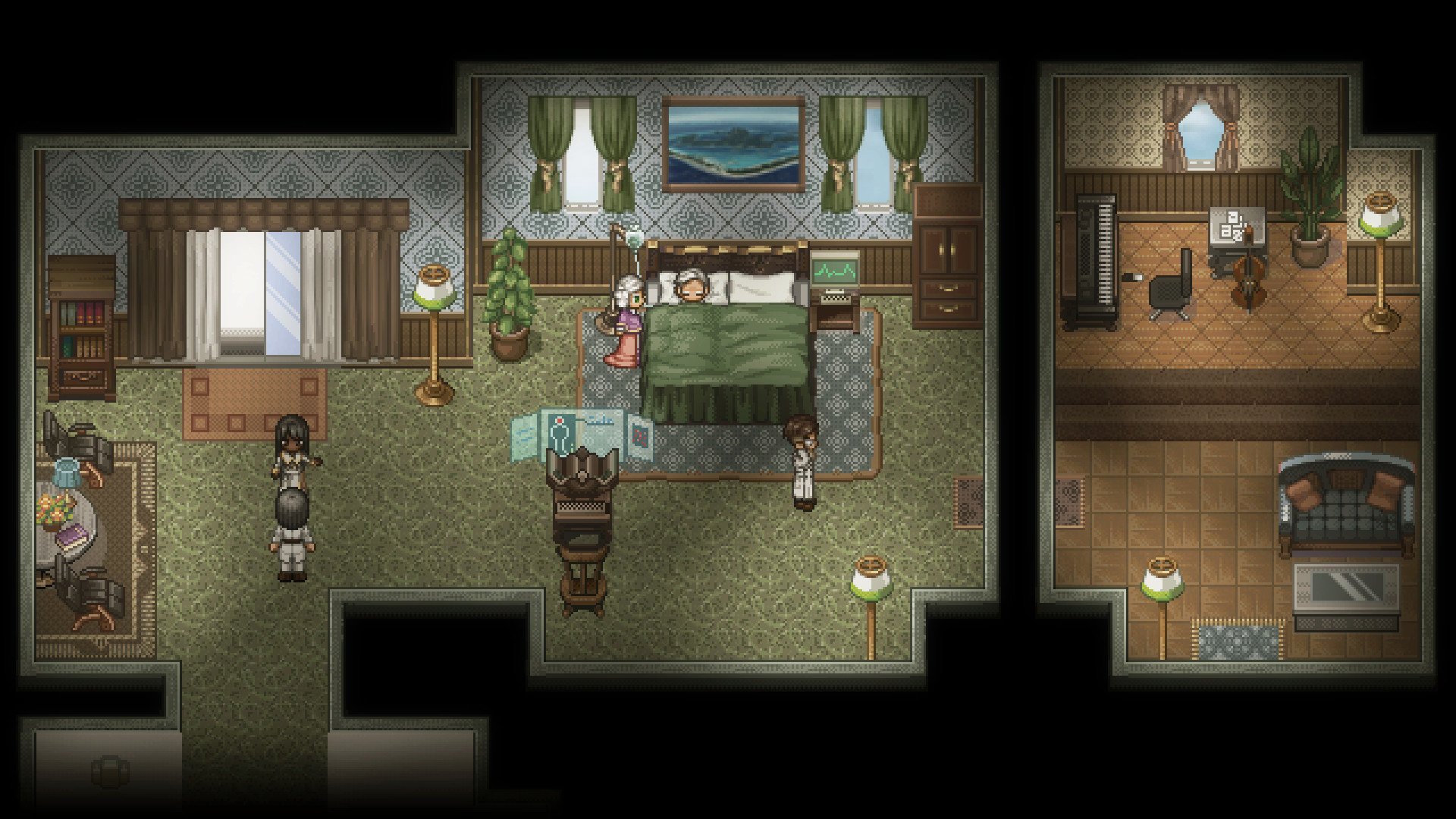
Talking about the story is challenging in this review. If I say too much about the story, I will give away clues and spoil it. If I say very little, then it isn’t that useful to you as the reader. The story follows along the same lines as To the Moon where an elderly person is reflecting back upon his life with a regret he wants to be corrected even if the corrections just take place in his own mind. He doesn’t want key elements of his life to be impacted by the alterations but still wants to find his happiness and peace before he passes away. It’s up to Dr. Watts and Dr. Rosalene to find the best way to create the artificial memories to fulfill his wish. Using their machine, they enter into the mind of the patient and begin reviewing his memories to find the elements that need tweaking to carry out their mission. Unlike the typical mission where their only concern is accomplishing their mission prior to the client passing away, there is a rogue element hindering their progress this time around. I will leave it at that for now so that I don’t spoil any of the details. Part of the fun of these sorts of games is trying to figure out what is going on before the game holds your hand and explains it to you.
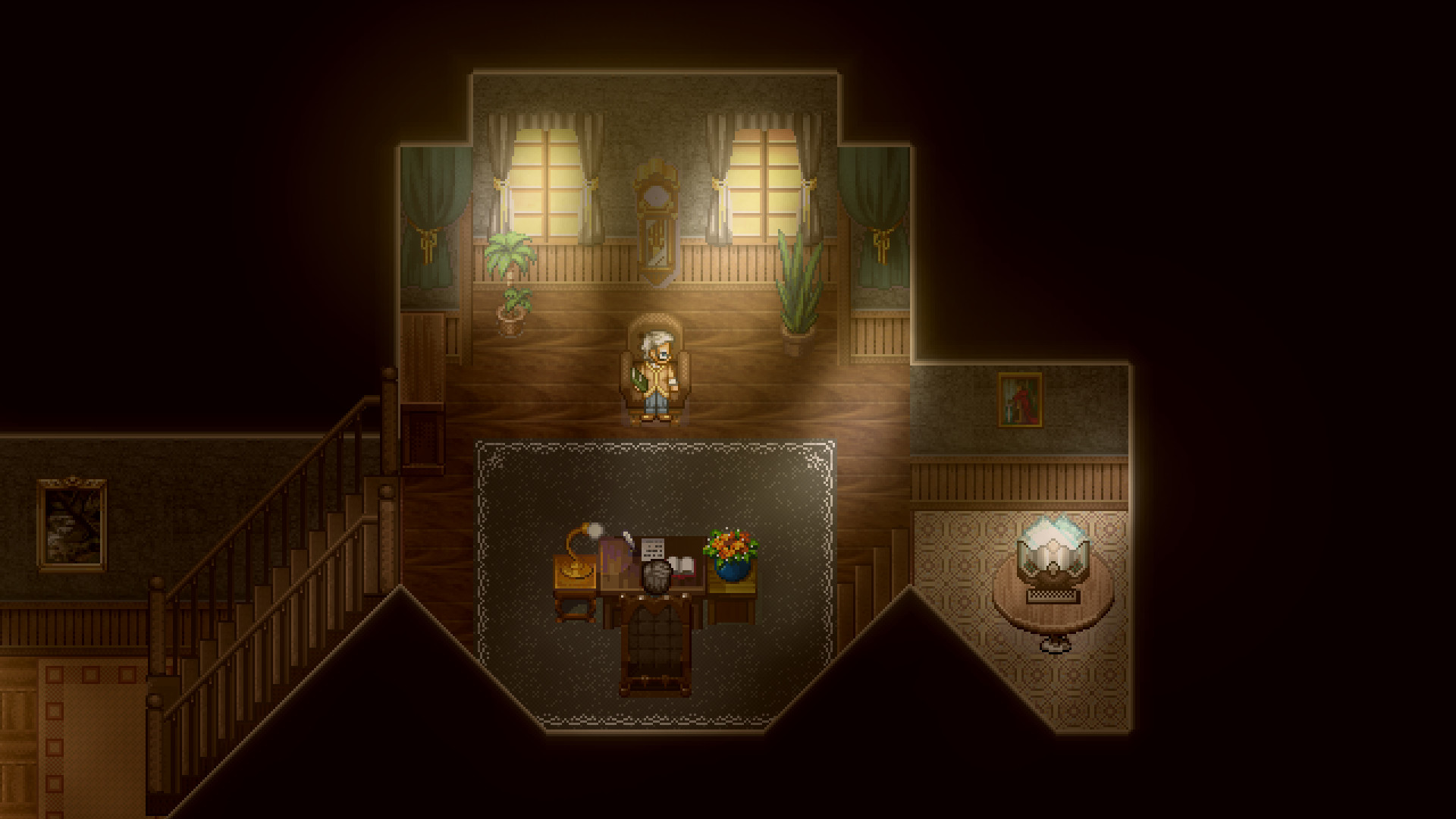
Besides emotionally taxing stories, the personalities of the main characters is where the game really shines as well. Dr. Watts and Dr. Rosalene each have their own unique personality, and they don’t exactly mesh together perfectly. Dr. Watts is playful and has a flair for the dramatic whereas Dr. Rosalene is more serious and duty bound. They have witty banter between them as they go, mostly Dr. Rosalene complaining about Dr. Watts being unprofessional or messing around. I feel this dynamic truly helps the Freebird games stand out and certainly assists in making the experience an entertaining one each time.
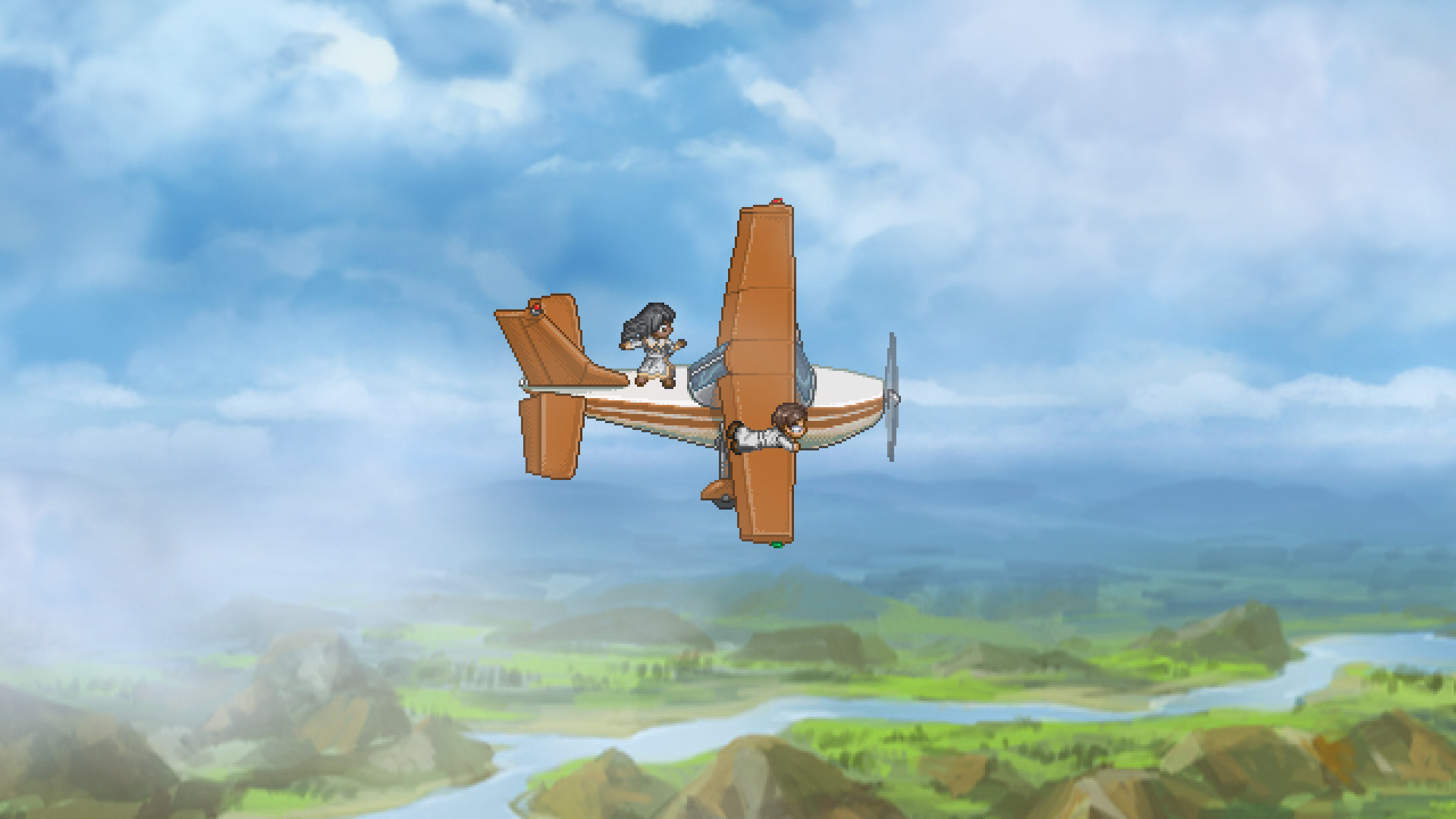
Graphically, the game is reminiscent of the Super Nintendo era of graphics. The pixelated characters and scenery blend together to make playing an enjoyable experience. The game doesn’t even try to hide the fact it can get pixelly at times and seems to embrace that fact. One scene that I recall was Dr. Watts utilizing his admin access to the system to transform himself. The camera zoomed in way too close to him making everything a giant pixel mess rather than clean art. Of course, they could have not zoomed in on him in that way or simply used more pixels to make up the various components of his new outfit while in the closeup, but the game developer chose to go the classy route and simply used huge pixels to represent being zoomed in upon. Visual gags like that really help take the edge off of what otherwise might be a downright macabre game tone. There are enough variations in the tilesets used to make each of the areas visited feel unique. There are plenty of small details scattered around to keep the areas visually appealing but not enough that it distracts you too much from the gameplay itself. One of those small details that makes the game interesting is recognizing the fact the characters do not live in an area alone but that the people around them had so little impact on their lives that they don’t even recall their faces. All NPCs who are inconsequential appear as some shadow persons milling about doing their own things. It helps make the world feel less sterile while also not wasting your time with meaningless filler dialogue from NPCs that serve no purpose. The game also restricts you from wandering too far off course by having the memory of that area simply appear as a distorted black void.
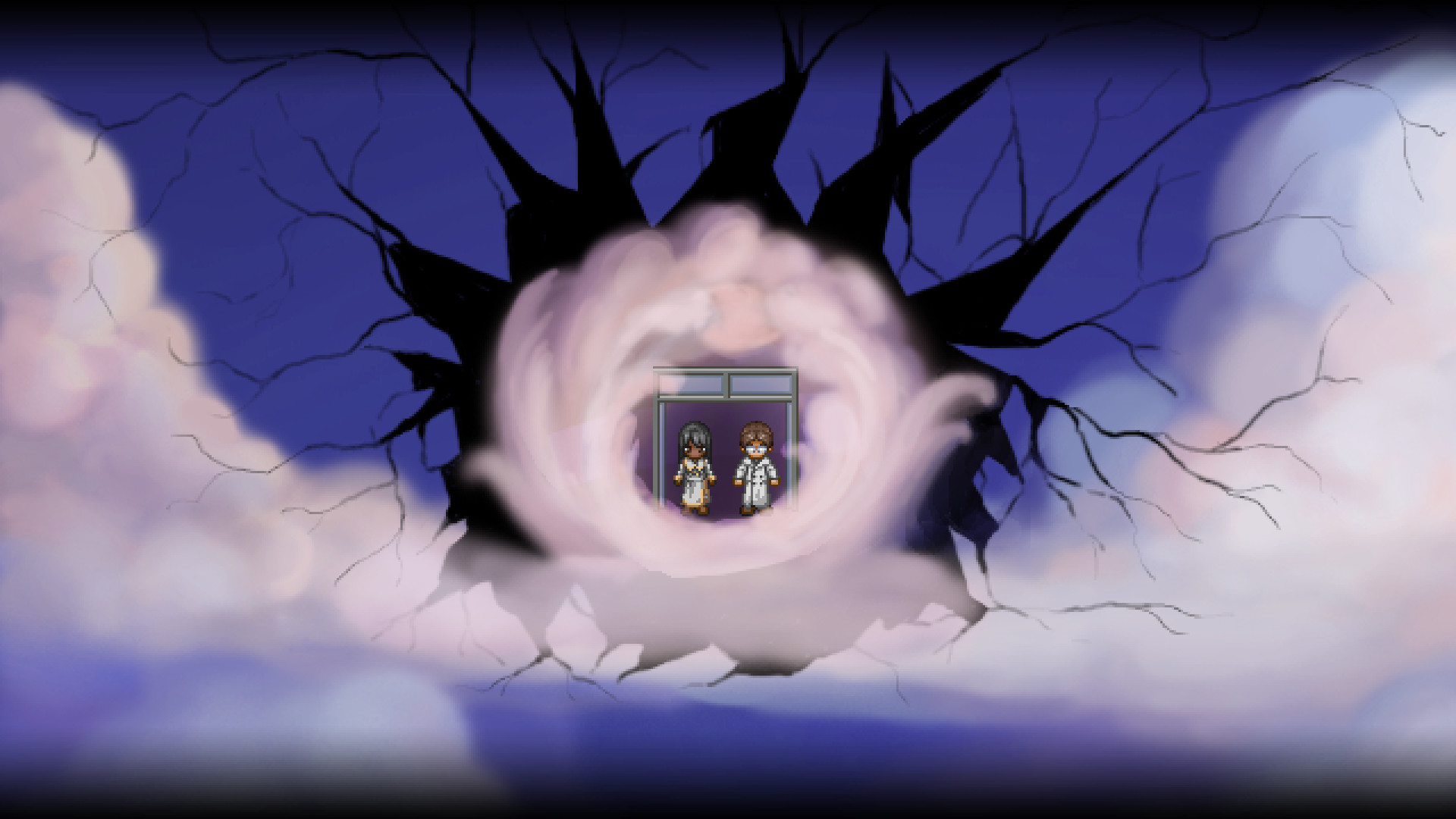
The music and sound effects of this game are on point. They trigger to help set the tone and guide the mood for each of the scenes in the game. There is even a song sung at one point in the game which really drives home the mood the game is trying to set. There isn’t a lot to say about the music and sound effects beyond that. For the most part, they are the simple SNES era style sound effects that you would typically find in games falling into the genre, but rather than just being there to live up the game a bit, they are a driving force for each of the scenes.
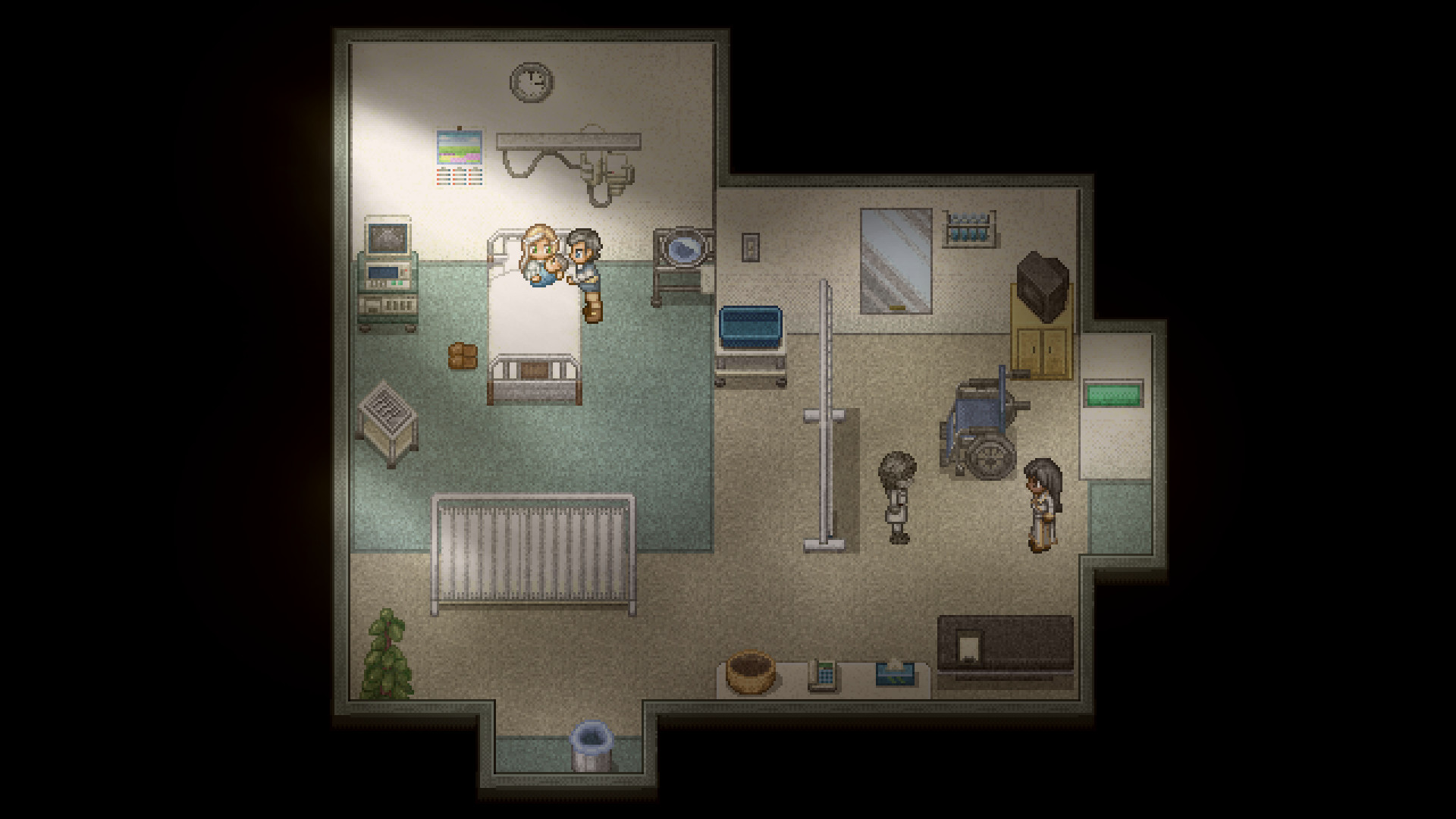
Without spoiling anything, I do have a bit of a gripe with one element of the game. Around the middle of the game, it felt like the game was starting to feel padded. My captivation with the story was beginning to wane as I entered yet another quick sequence of grabbing the memory orb and finding the exit. There was no real chance to explore most of the areas and not that much to see, especially when you were revisiting an area where you had previously been. Luckily, I think the game maker realized it was starting to pad out a bit too much itself because it quickly shifted into the next act and changed things up to make it fresh and interesting again. With a few awkward action sequences and other random silly bits involving Dr. Watts, it began to reinvigorate my interest in completing the story. Mind you I had that same experience happen in To the Moon, so I’m going to say that gripe is likely more to do with my own attention span than the game’s pacing itself.
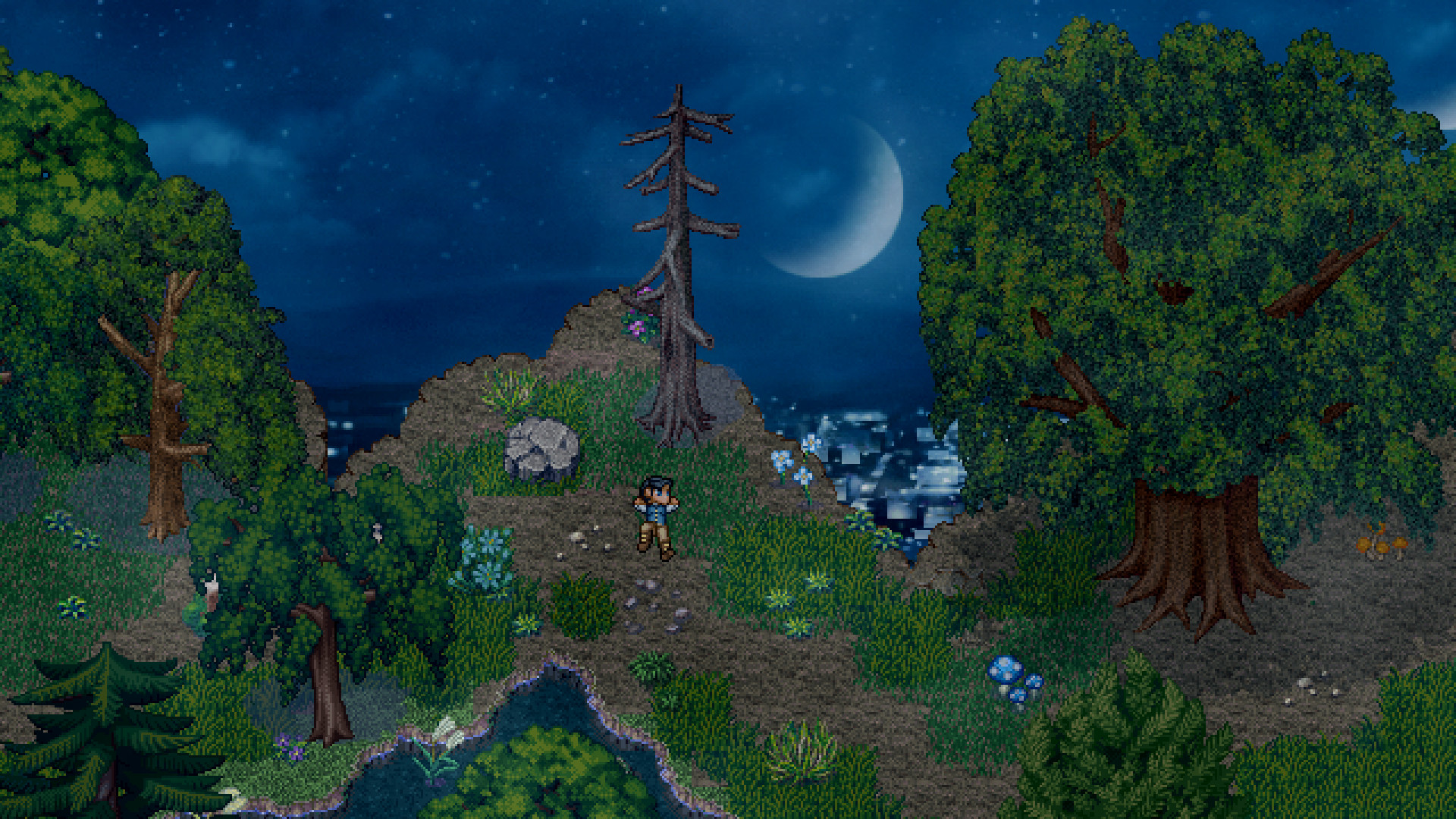
The controls were simplistic. It worked well with both my gamepad and keyboard and mouse. I ended up just using the keyboard and mouse after trying both, simply because it saved on batteries. I didn’t feel the gamepad did anything better than the keyboard and mouse setup as the game was not that complicated and didn’t require quick and precise key sequences to be entered.
Verdict
It’s hard to say which was better between To the Moon or Finding Paradise. There is also A Bird Story to factor in as well but I did find it interesting that Finding Paradise referenced the fact that A Bird Story wasn’t as well received as the other games. I think To the Moon was more powerful than Finding Paradise in terms that it made it much harder to remain composed while playing it than Finding Paradise. There is also the slight issue that I predicted the big reveal early on which kind of spoiled that element of the game for me. I didn’t do that on purpose mind you, it was just the way the game seeded clues in the game, most likely there for when you replay the game for you to pick up on them, but I clued in on my first playthrough. If you enjoyed To the Moon then you definitely will want to pick up Finding Paradise. If you have never played any of the Freebird games in the Sigmund series, then you will likely want to play To the Moon first. The stories are not related, you can easily play Finding Paradise first, just I feel To the Moon was a more powerful game if you wanted to have a good tear jerker experience. With that said Finding Paradise is a great game in the genre and I will strongly recommend it to anyone who played and enjoyed To the Moon. For people who are looking for a JRPG, which Finding Paradise looks like it is on the surface, it will be highly disappointing because there are virtually no action sequences. It’s purely dialogue and scenery driven like an interactive visual novel instead of a playable action game. Overall, Finding Paradise has set the stage and rekindled my interest in seeing where the wacky adventures of the Sigmund Corporation doctors will take them next. It was quite a long time between the release of To the Moon and Finding Paradise. Hopefully, we won’t have to wait too long for the next major installment in this very entertaining series.










